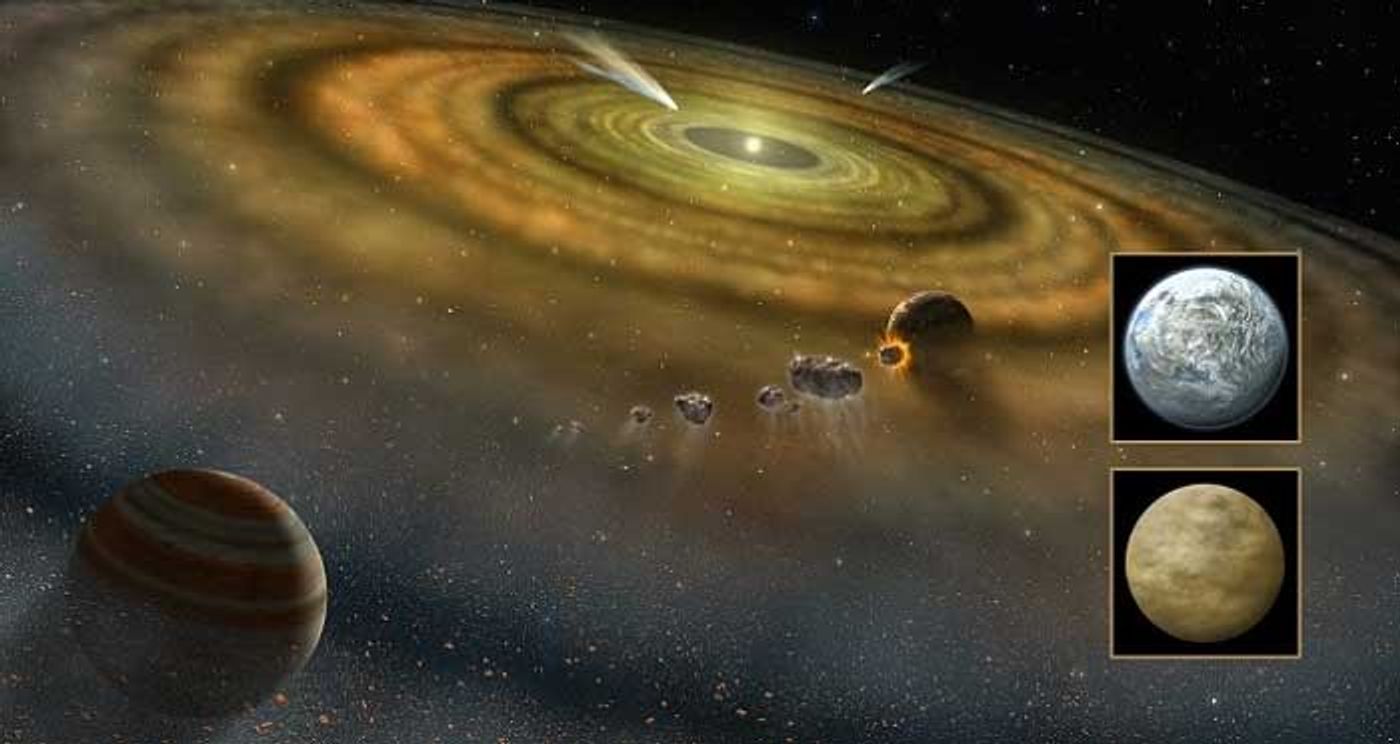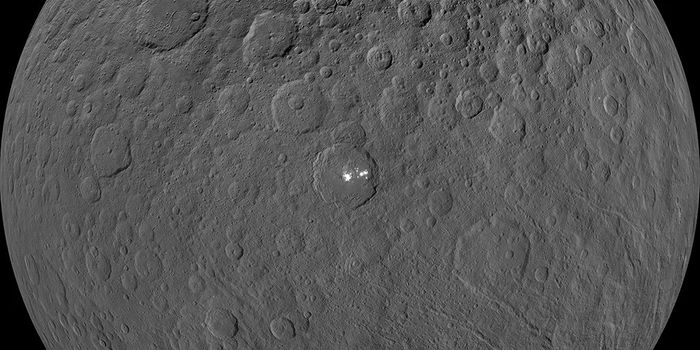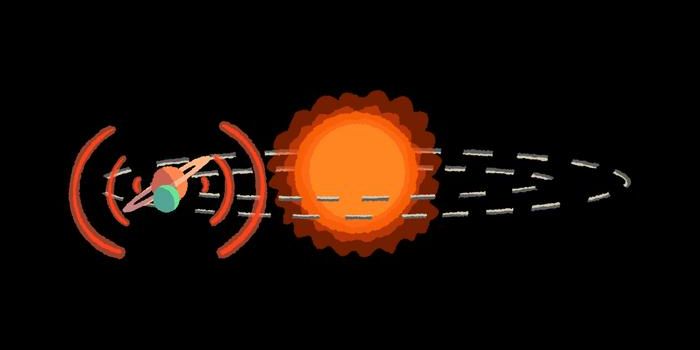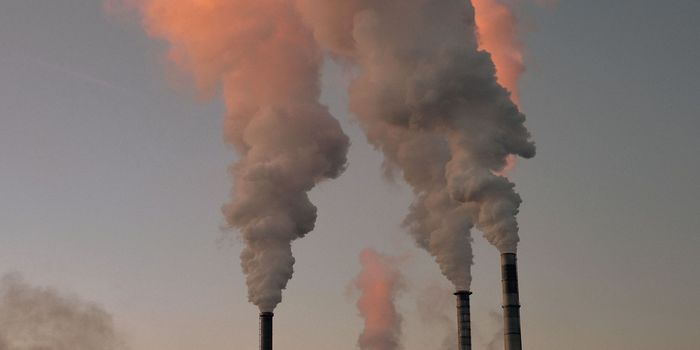Martian meteorite questions longstanding theory of planetary formation
Approximately 4.6 billion years ago, our solar system formed from a cloud of gas and dust called a solar nebula that swirled around, eventually collapsing under its own gravity into a rapidly rotating disk, with the Sun at the center. Over time, the planets formed in this rotating disk, along with the moons that orbit them. Four terrestrial planets formed closer to the Sun while the gas giants formed in the outer parts of the disk. During this planetary formation process, it has long been hypothesized that planets collect volatile elements such as hydrogen, carbon, oxygen, nitrogen, and noble gases from the solar nebula that eventually dissolve into the magma ocean and then de-gas back into the atmosphere. Later, meteorites known as chondritic meteorites crash into the planet delivering more volatile elements. However, a new study might contradict this longstanding hypothesis of planetary formation, and it comes from a meteorite that crashed into earth over 200 years ago.
In a recent study published in Science, researchers at the University of California, Davis are contradicting the longstanding hypothesis of planetary formation after studying the Chassigny meteorite, which fell to Earth in north-eastern France in 1815. Chassigny is rare and unusual because it is thought to represent the interior of the planet.
A basic assumption about planet formation is that planets first collect these volatiles from the nebula around a young star, said Sandrine Péron, a postdoctoral scholar working with Professor Sujoy Mukhopadhyay in the Department of Earth and Planetary Sciences, University of California, Davis.
The researchers could deduce the origin of elements in the rock by making extremely careful measurements of minute quantities of krypton isotopes in samples of the meteorite using a new method set up at the UC Davis Noble Gas Laboratory.
"Because of their low abundance, krypton isotopes are challenging to measure," Péron said.
To the researcher's surpise, the krypton isotopes in the meteorite correspond to those from chondritic meteorites and not the solar nebula. This means that meteorites were delivering volatile elements to the forming planet much earlier than previously thought, and in the presence of the nebula, thus reversing conventional thinking of the planetary formation process.
"The Martian interior composition for krypton is nearly purely chondritic, but the atmosphere is solar," Péron said. "It's very distinct."
The results show that Mars' atmosphere cannot have formed purely by outgassing from the mantle, as that would have given it a chondritic composition. Instead, the planet must have gained its atmosphere from the solar nebula after the magma ocean cooled, in order to prevent substantial mixing between interior chondritic gases and atmospheric solar gases.
The new results suggest that Mars' planetary growth was finished before the solar nebula was dissipated by the Sun's radiation. However, this same irradiation should also have blown off the nebular atmosphere on Mars, suggesting that atmospheric krypton must have somehow been preserved, meaning it's possibly trapped underground or in polar ice caps.
"However, that would require Mars to have been cold in the immediate aftermath of its accretion," Mukhopadhyay said. "While our study clearly points to the chondritic gases in the Martian interior, it also raises some interesting questions about the origin and composition of Mars' early atmosphere."
Péron and Mukhopadhyay hope their study will stimulate further work on the topic.
As always, keep doing science & keep looking up!
Sources: American Museum of Natural History, Science









